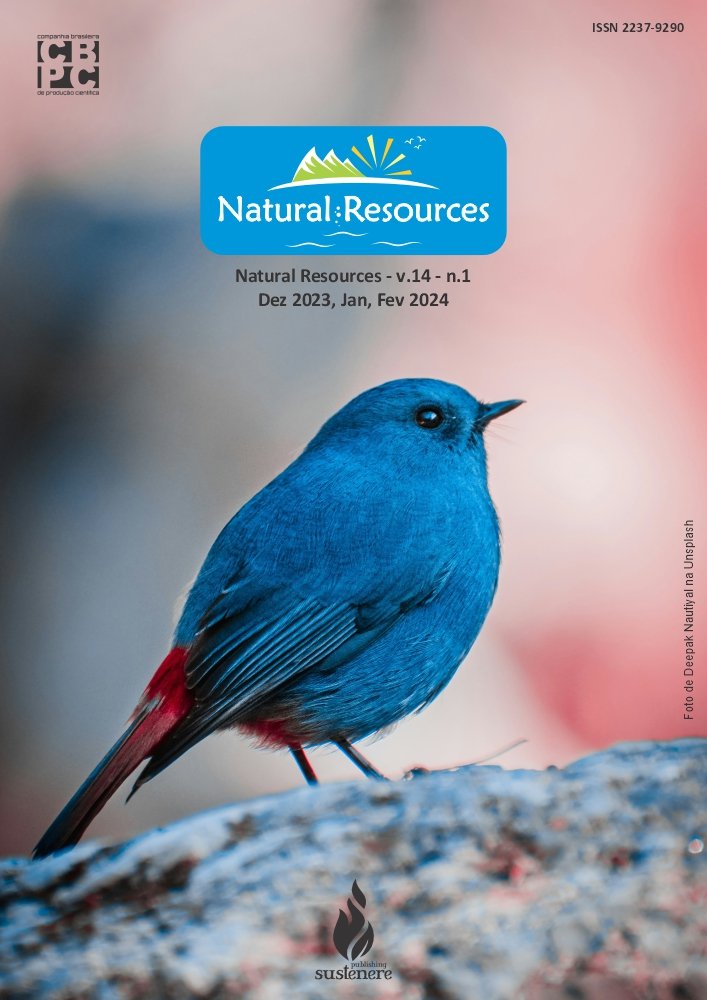Toxoplasmosis in felines: parasitology, immunology and animal diagnosis
DOI:
https://doi.org/10.6008/CBPC2674-6476.2019.001.0001Keywords:
Toxoplasma gondii, Cats, Diagnosis, PreventionAbstract
The Toxoplasma gondii is a protozoan distributed throughout the world territory except for the Arctic, with high prevalence, belonging to the group of Coccidios, family Sarcocystidae. It is an intracellular parasite with a heteroxenic biological cycle occurring in two different phases: the asexuated extraintestinal cycle and the sexual enteroepithelial cycle The parasitosis can contaminate several wild felids, among them are ocelot, jaguars, lions, tigers, among others already registered, contaminated after ingestion of raw meats containing tissue cysts making them definitive hosts, after this process, they release oocysts in their feces passing them to intermediate hosts, which are cattle, pigs, birds and humans. The transmission of toxoplasmosis occurs by the contact of contaminated feline feces, the animal is infected when feeding on parasitized animals, raw meats with tissue cysts occurring the paralyation of the parasite in its intestine and elimination of millions of oocysts in their feces in approximately 7 to 21 days. In addition, rats parasitized by the protozoan, by means of genetic mutation, alters its behavior by losing the ability to memorize potential predators, smell and fear of cats, making them easy targets in predation. The clinical diagnosis is of paramount importance for this pathology, through the indirect immunofluorescence assay it is possible to recognize two major antibodies, IgG and IgM, diagnosing by means of an analytical method of titration due to its high Specificity and Full spectrum.
Downloads
Published
Issue
Section
License
The CBPC - Companhia Brasileira de Produção Científica (Brazil CNPJ: 11.221.422/0001-03) the material rights of the published works. The rights relate to the publication of the work anywhere in the world, including rights to renewals, expansions and dissemination of the contribution, as well as other subsidiary rights. All electronically published works may subsequently be published in printed collections under the coordination of this company and / or its partners. The authors preserve the copyright, but are not allowed to publish the contribution in another medium, printed or digital, in Portuguese or in translation.








